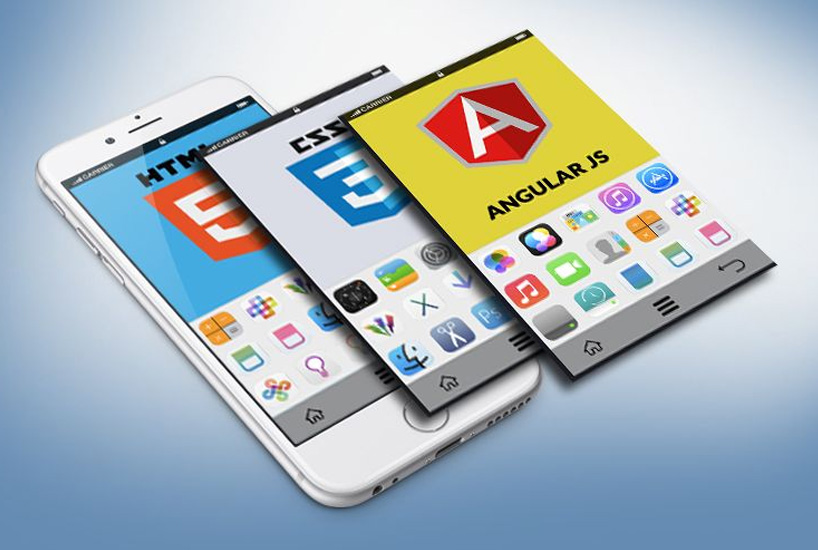I typically encounter two types of hybrid app dissenters: those that haven’t tried the approach yet or those that did several years ago. Regardless of your current position, the space has evolved significantly for the better. The native vs. hybrid playing field hasn’t just been leveled — hybrid is taking over! Let’s review the top concerns and see how they’ve progressed.
It’s been ten years since the original iPhone was released. Mobile device hardware has come a long way! We now have near desktop-quality processors, 2 to 4 GBs of RAM, and robust operating systems. Each new generation brings improvements.
99% of the time, hybrid works very well, as most businesses are not creating high performance, graphics-heavy game apps. They only need to create, read, update, and delete data (CRUD) with a bit of UX sprinkled on top. Sure, if a game is your end goal, then choose native.
A key advantage of hybrid apps is the ability to build for all major app platforms using a single codebase. JavaScript logic execution, with its “write once, run everywhere” mantra, has traditionally worked well: consistent JavaScript features are available on each mobile platform and when native device functionality is needed, plugins abstract away platform-specific details.
